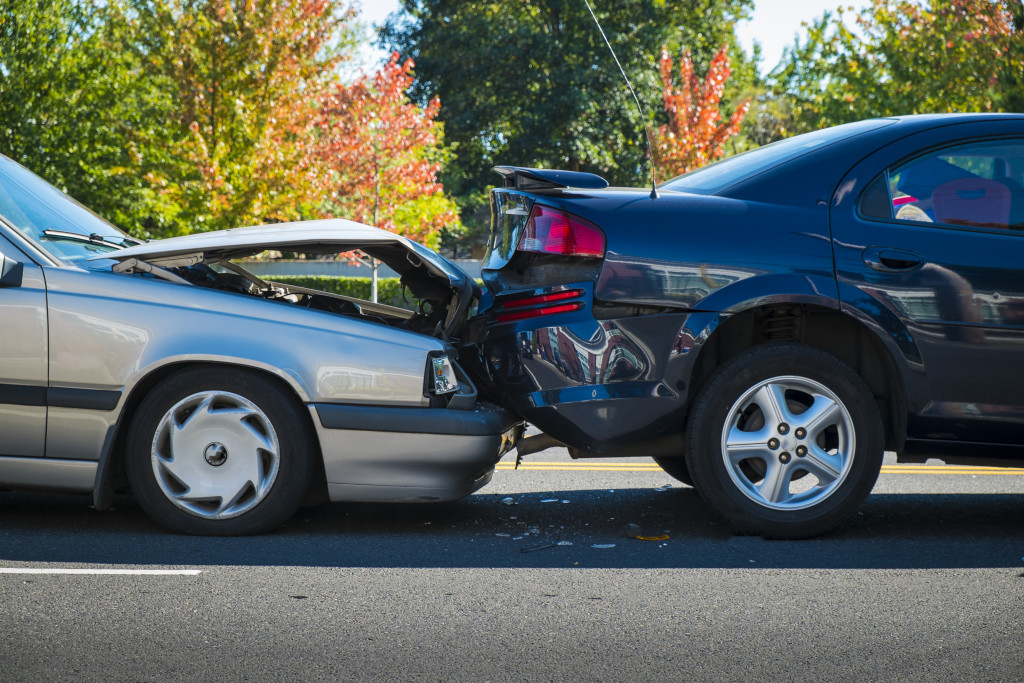Americans have one of the highest car ownership rates in the world. It’s estimated that more than 90% of American household owns a vehicle. Cars are a necessary part of many Americans’ lives, and they use them for various purposes.
While cars are a great convenience, they also come with many dangers. It’s estimated that there were more than 30,000 fatal car accidents in the country. That’s an average of one death every 15 minutes.
Car accidents are a leading cause of death in the United States. They’re the leading cause of death for people aged 1-54. The most common type of car accident is a rear-end collision. These accidents usually happen because one driver wasn’t paying attention and rear-ended another vehicle. Thankfully, current technology is preventing these things from happening.
Here are seven different ways that technology is increasing vehicle safety.
Blind Spot Detection Systems
Blind detection systems have been around for some time now, but they haven’t been entirely accurate until recently.
Essentially, blind detection systems can help drivers avoid accidents by alerting them to other vehicles in their blind spots. These systems use sensors to detect when there is another car in the blind spot. The system will emit a warning signal to the driver when this happens.
This particular system can help prevent accidents because it gives drivers more information about their surroundings. It can also prevent rear-end collisions, the country’s most common form of accident.
Advanced Braking Systems
One way that cars are becoming safer is with advanced braking systems. These systems use sensors to detect when a driver is applying the brakes too hard. When this happens, the system will automatically apply the brakes for the driver. ABS can help prevent accidents by ensuring that the brakes are used properly in emergencies.
Lane Departure Warning Systems
Another safety feature becoming more common in cars is a lane departure warning system. This system uses sensors to detect when a vehicle veers out of its lane. The system will emit a warning signal to the driver when this happens. It can help to prevent accidents by keeping drivers aware of their surroundings.

Car Disabling Systems
Car disabling systems are becoming more common in cars as well. These systems can disable the vehicle if a criminal chooses to steal it. Essentially, a disabling vehicle device will track the car’s location, and if it is moving without the owner’s permission, the system will disable the vehicle.
Moreover, it’s helpful when the driver is known to be drunk or if the break systems cease to function. It can save a lot of lives and prevent criminal activity.
Adaptive Headlights
The darkness of night can be a significant contributor to accidents. It’s why newer cars are now equipped with adaptive headlights. These headlights automatically adjust to the light level, providing the driver with the best possible visibility. For example, they will get brighter when there is oncoming traffic. These headlights can help to improve visibility and prevent accidents.
Rear-View Cameras
Rear-view cameras are a relatively simple but essential safety feature. These cameras provide drivers with a view of what is behind them. Rear-view cameras can be helpful in several situations, such as when backing out of a parking space. It can also help prevent accidents by giving drivers more information about their surroundings. It might not be as robust as blind detection programs, but they can drastically decrease rear-end collisions when combined.
Autonomous Driving
One of the most exciting safety features that are being developed is autonomous. These cameras provide drivers with a view of what is behind them. Autonomous driving can be helpful in several situations, such as when backing out of a parking space. It can also help prevent accidents by giving drivers more information about their surroundings.
Autonomous driving is still in its early stages, but it has the potential to reduce the number of accidents on the road drastically. With autonomous driving, cars will be able to drive themselves. This means that they will be able to avoid obstacles and make decisions based on data rather than human error.
While autonomous driving is not yet available to the general public, it is being developed by many car manufacturers. In the future, this technology will likely become more common, and it could significantly impact the safety of cars.
Technology is constantly changing and evolving. Many car manufacturers are developing newer safety features for cars. These seven safety features are just a few ways that technology makes cars safer. There are likely to be even more advances in car safety in the future. As technology continues to improve, so too will the safety of cars.

